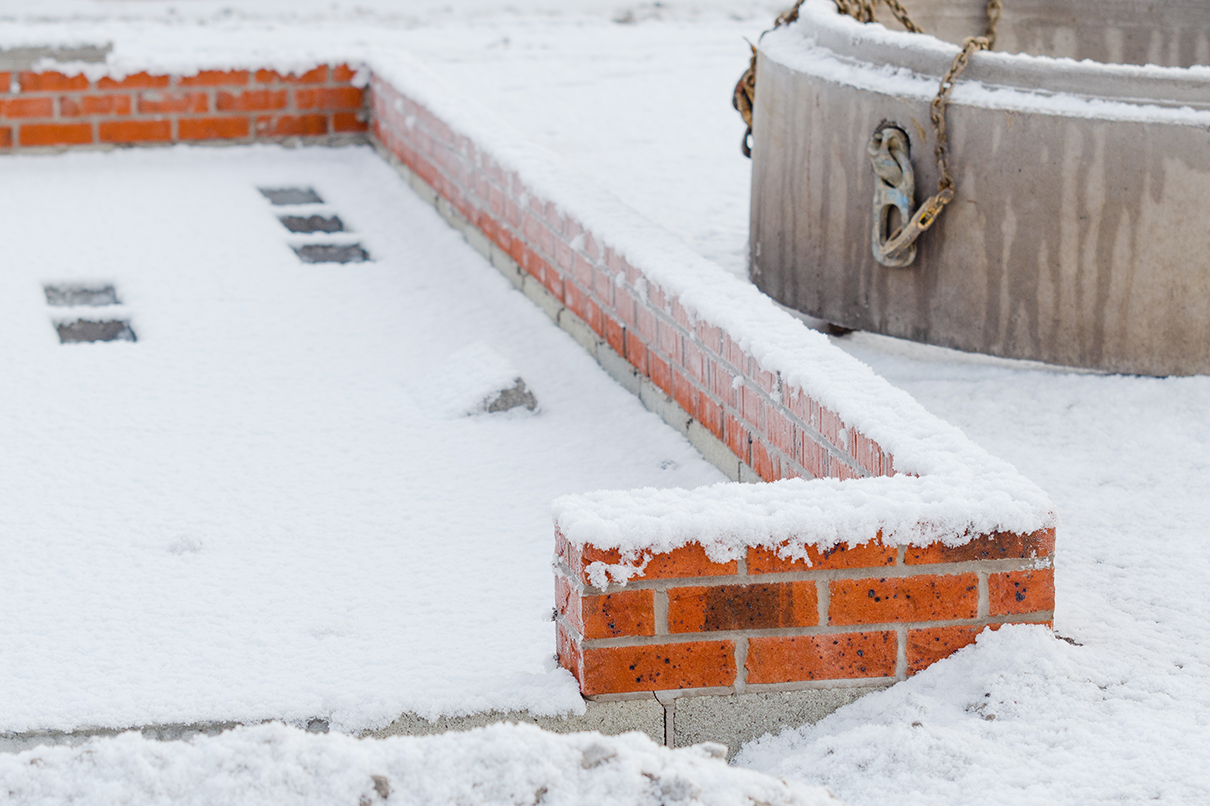An analysis of the most pressing concerns based on insights from 1,000 UK business leaders.

An analysis of the most pressing concerns based on insights from 1,000 UK business leaders.
An analysis of the most pressing concerns based on insights from 1,000 UK business leaders.

The UK may have experienced its third warmest autumn on record, but the temperatures have now plummeted – winter has arrived, and with it a host of new or heightened risks on construction sites. Employers are responsible for employees’ safety onsite, and the Health and Safety Executive has recently targeted construction sites to raise awareness of health issues relating to moving and handling materials as part of a health inspection initiative.
In 2021, 40,000 construction workers suffered from injuries and joint pain1, impacting direct tasks, workers’ quality of life and their ability to earn a living.
Winter weather places additional stress on the body. It exacerbates the potential for joint pain, especially hand-arm vibration from power tool use, as well as cardiovascular and respiratory illness, fatigue and seasonal affective disorder (SAD). The unforgiving climate also increases the risk of trench foot, frostbite and hypothermia – symptoms of the latter include shivering, loss of coordination, confusion and disorientation.
Colder temperatures also come with muddy pathways, strong winds and reduced daylight – conditions which increase the chance of accidents onsite.
In these conditions, careful planning is crucial; early morning site checks are advisable to risk-assess planned operations based on the day’s forecast. Below are some areas to consider to help improve health and safety on site over the winter months:
Once winter health and safety precautions have been implemented, businesses will need to monitor that workers are following measures with regular safety checks. Our specialist team can carry out an audit of your risk assessments to help protect your business and your people. We also provide a range of risk management services, including health and safety, to help you manage your organisation’s risk proactively and meet your legal obligations.
To find out more about how Gallagher can help your organisation prepare for the risks that winter weather can bring, or if you would like to talk to us about your insurance requirements, please get in touch with our team below.
The sole purpose of this article is to provide guidance on the issues covered. This article is not intended to give legal advice, and, accordingly, it should not be relied upon. It should not be regarded as a comprehensive statement of the law and/or market practice in this area. We make no claims as to the completeness or accuracy of the information contained herein or in the links which were live at the date of publication. You should not act upon (or should refrain from acting upon) information in this publication without first seeking specific legal and/or specialist advice. Arthur J. Gallagher Insurance Brokers Limited accepts no liability for any inaccuracy, omission or mistake in this publication, nor will we be responsible for any loss which may be suffered as a result of any person relying on the information contained herein.

Start your journey with Gallagher. Connect with an expert.
